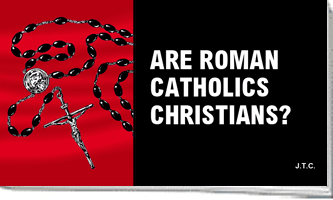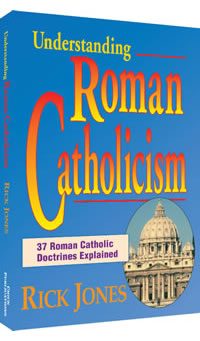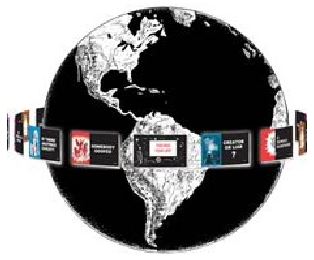What's Wrong with this Picture?
- Issue Date: May/June 2014
The world watched in awe, Sunday, April 27, 2014: 800,000 people, 6,000 priests, 700 bishops, 150 cardinals, 24 heads of state and 93 official government delegations, two dead popes and two live ones, plus a paralyzed city! All of this preparation was focused on a single statement: "We declare and define Blessed John XXIII and John Paul II be saints and we enroll them among the saints, decreeing that they are to be venerated as such by the whole church." Thunderous applause erupted upon the pronouncement.
World news outlets served up course after course of infinite details of the pomp of this momentous gathering.
So what did it mean?
First off, the massive PR campaign over half a century has paid off handsomely for the Vatican. Two millennia of sordid history is forgotten where pope after pope attempted to squelch God`s preserved words and eliminate His true believers.
Second, these crowds represent a billion more people who look to the pope`s "church" for eternal hope, when God`s word says that it doesn`t work that way.
Third, we need to ask, "Where was Jesus in all this?" One could say: "On the crucifix on the pope`s staff." But that is not the glorious risen Lord, but a contorted image of His agony.
To this question, we would be told that He is the Eucharist, distributed to the crowd by 600 priests during the accompanying "Sacrifice of the Mass." But the Bible says His death was a final sacrifice for our sins, no longer needing repeating in a "Mass."
Fourth, what is this business of dead saints? Didn`t Paul call us all "saints" in his letters to the church? And none of them were dead, yet. Why the dead "saints?" Well, it appears that Jesus needs a lot of help as our Advocate. Catholics are told they should pray to these dead ones for God`s favors.
Proof of "sainthood" requires verification of miracles that happen when someone prays directly to that dead person. Generally, the process takes decades or even centuries to fully certify the person`s merit. Two miracles are customarily required, but Pope Francis waived the requirement for Pope John XXIII and accepted just one to save time.
Another part of the ceremony included relics. As a point of contact with the dead saint, parts of his body, clothing, or items he touched are mounted in ornate boxes, called reliquaries, and displayed for "veneration" around the world. No Catholic altar is complete without some item from a "saint."
Relics are categorized by the Vatican as "first class" (part of the saint`s body, such as bones or blood), "second-class" (items owned or used by saint) and "third-class" (things that were touched by the saint). Relics of John II includes his bloody shirt scavenged from the floor of the emergency room when he was shot by an assassin.
For John XXIII, it is bits of skin removed from his cadaver, previously exhumed for his sainthood ceremonies.
Soul winners, the end-time pieces are rapidly falling into place. Prayers to dead saints and relics is idolatry, condemned in scripture. We must get the true gospel out while we can.
- See more articles on related topics:
- Catholicism
- False Religions
- Idolatry
- Papacy
- Prayer to Mary and Saints
Other Articles from May/June 2014:
More on Catholicism:
Products of Interest:

Are Roman Catholics Christians?
Show Catholics that neither their good works nor their religion can save them.-

Understanding Roman Catholicism
224 pages
37 Catholic doctrines from the current Catechism are compared with the Scriptures. They're not Christian! -

Babylon Religion
224 pages
Learn how a Babylonian goddess became the Virgin Mary. An easy-to-read history of Catholicism's Babylonian origin. -

Multiple - Catholicism: Crisis of Faith
Testimonies of former priests and nuns highlight this soul-winning video that presents the gospel in a loving fashion.



